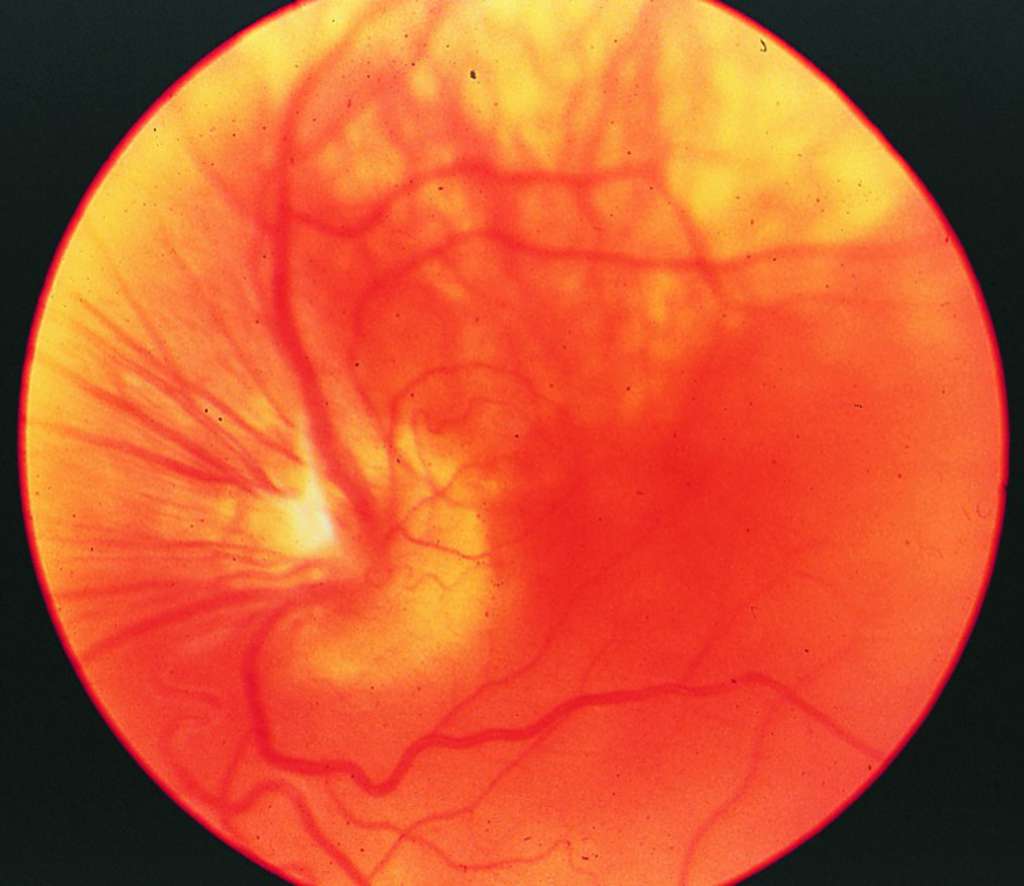Retrolental Fibroplasia
Eye Care > Diseases of the Eye > Retrolental Fibroplasia
What is Retrolental Fibroplasia?
(Retinopathy of Prematurity)
Retinopathy of Prematurity (ROP), also known as retrolental fibroplasia, is a potentially blinding condition affecting the retina of newborns. In the 1950’s it was associated with the use of high amounts of oxygen in neonatal units. Today, modern neonatal care has curbed the incidence, yet because the survival rate of low birth weight infants is much higher, the exposure of surviving babies to required oxygen levels is increasing. The factors that put infants at greatest risk of developing ROP are low birth weight (less than 1.6 kilograms) and premature delivery (26-28 weeks).
In babies born prematurely, the growth and development of normal blood vessels in the retina is halted and abnormal vessels may begin to develop. The problem with abnormal vessel growth, known as neovascularization, is that it does not deliver adequate oxygen supply to the retina. In addition, it may cause many secondary problems.
ROP is classified in 5 stages, depending on the extent of the disease. Progression of the disease to later stages can lead to the formation of scar tissue in the retina and complications such as: retinal detachment, vitreous hemorrhage, strabismus, and amblyopia. Many children with ROP develop nearsightedness.

Signs and Symptoms
Because newborns cannot communicate their symptoms, parents, neonatologists, pediatricians and ophthalmologists are keenly aware of risk factors for ROP.
- Low birth weight (1.6 kilograms or less)
- The need for any oxygen within the first week after birth
- Unstable health immediately after birth
Children with ROP as infants should be watched for the following symptoms that could signal underlying problems that may not surface until later:
- Holding objects very close
- Difficulty seeing distant objects
- Favoring or winking one eye
- Reluctance to use one eye
- Poor vision (previously undetected by the physician)
- Sudden decrease of vision
- Crossed or turned eye
Detection and Diagnosis
Infants at risk for ROP should have an ophthalmic examination at approximately 4-6 weeks of age. After instilling a series of dilating drops in each eye, the eye care practitioner examines the retina with an ophthalmoscope. The examination is often performed while a parent holds the child.
Regardless of whether treatment is required, children should be re-examined at recommended intervals to determine if the progression of the disease has halted, or whether treatment is required.
Treatment
Some children who develop only stage 1-2 of the disease improve with no treatment. In other cases, treatment is required if it reaches threshold. This is a term that indicates the presence of stage 3 changes.
To prevent the proliferation of abnormal vascularization, areas of the retina may be frozen with a technique called cryotherapy. Alternatively, laser may be used for the same purpose. Both treatments leave permanent scars in the peripheral retina, but they are often successful in preserving central vision.
https://medical-dictionary.thefreedictionary.com/retinopathy+of+prematurity
